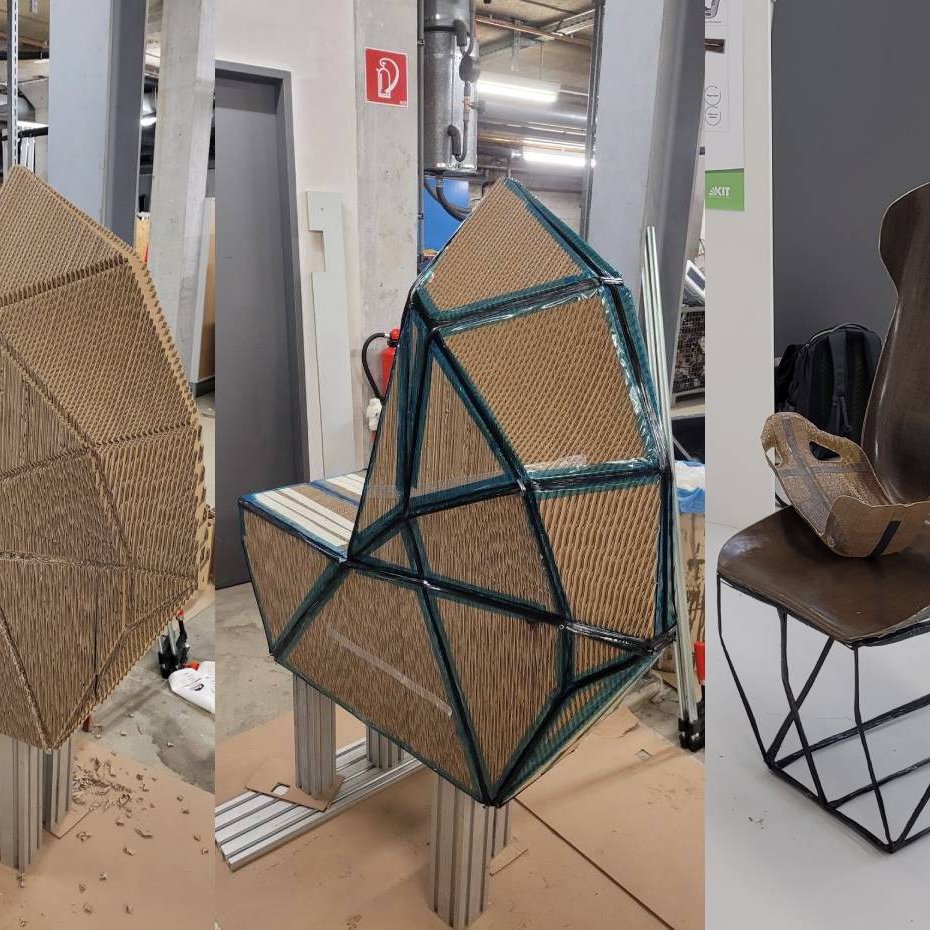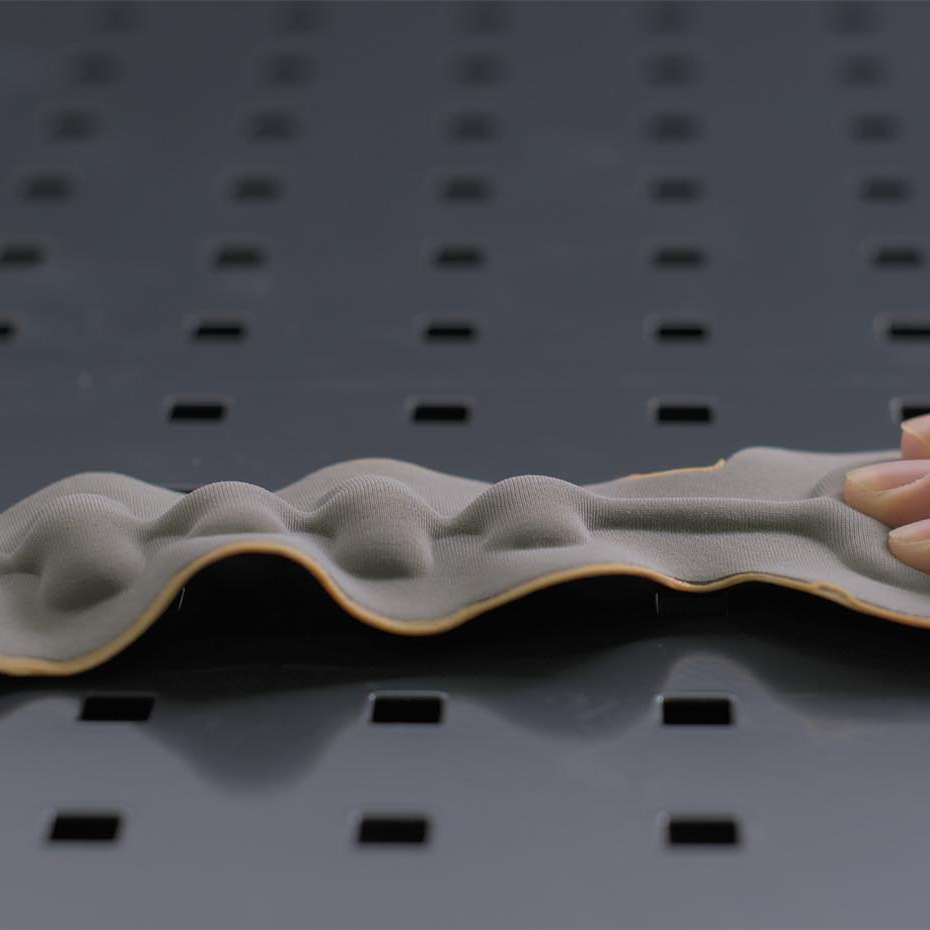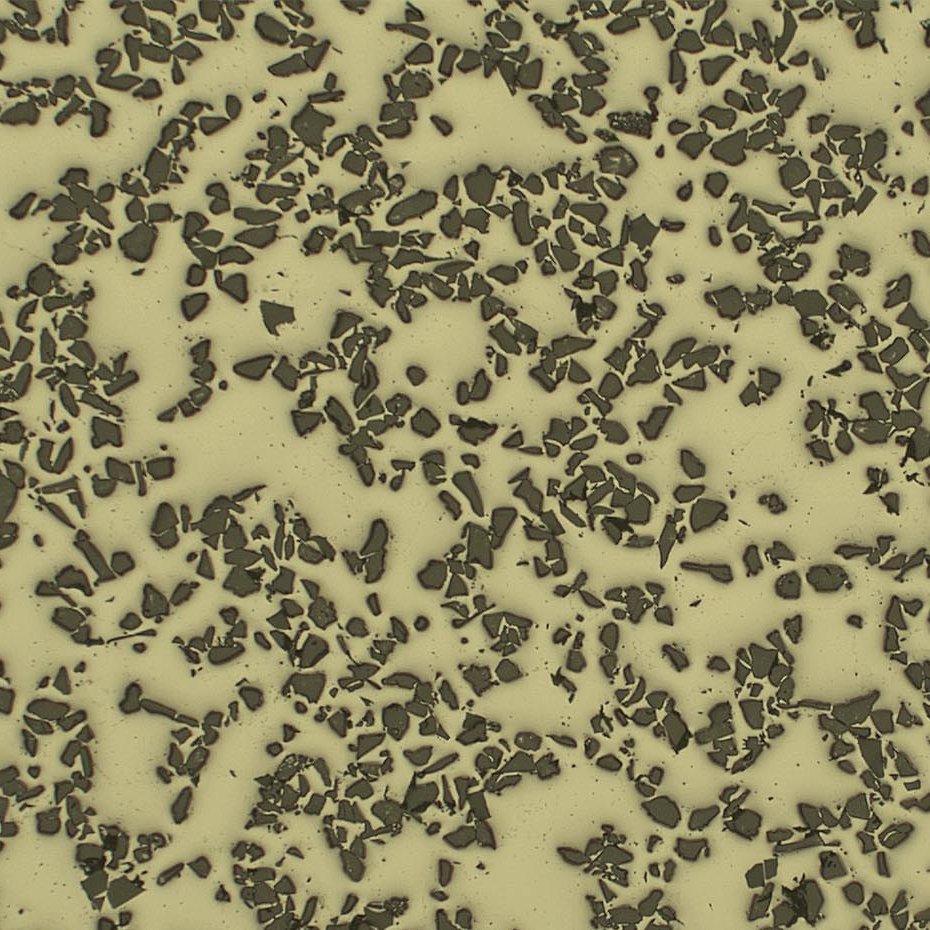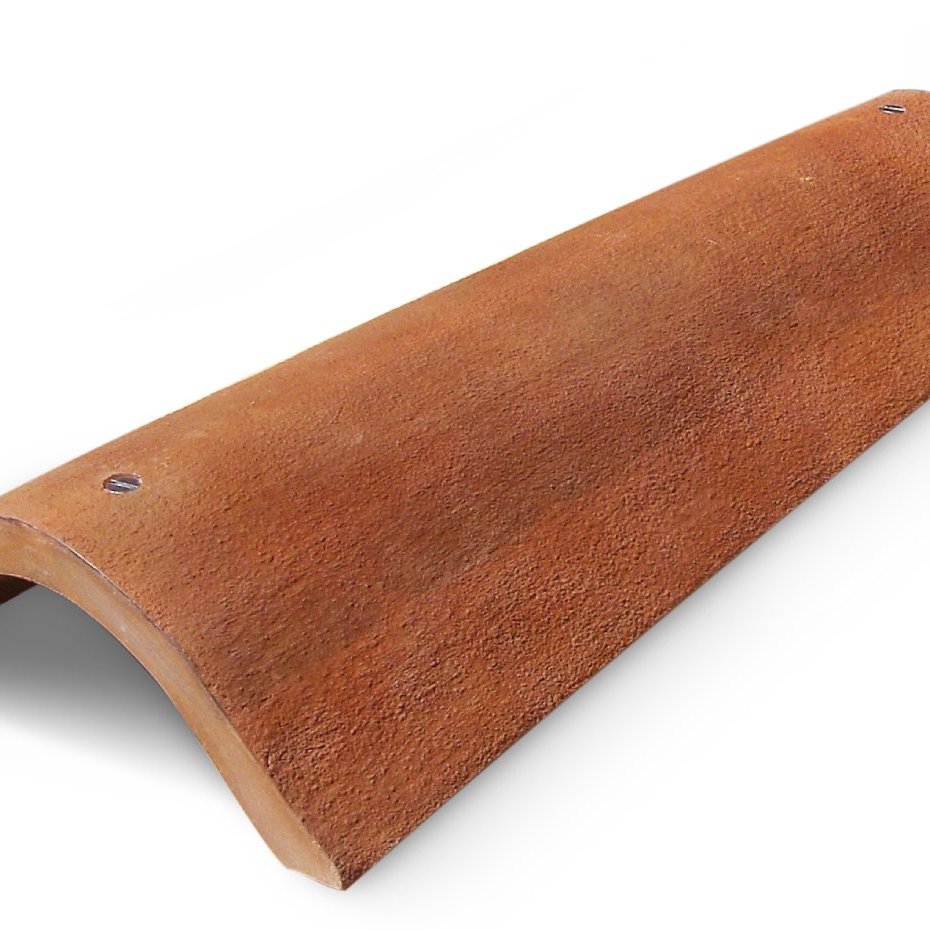New Nano Papers
Smart materials with fibers in nano dimension
form 224
January/February 2009
publisher
Birkhäuser (Basel)
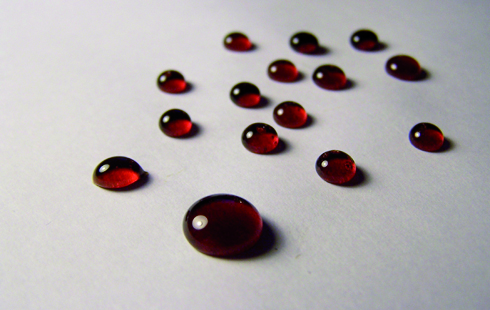
Nanotechnology can lend conventional materials extraordinary properties – the possibilities appear to be limitless. Applications for paper can also be surprisingly expanded in this way. An overview of new nano papers.
We have known for quite some time that papers with coatings in nano dimensions can be extremely dirt resistant. Many suppliers such as Nanoconcept have launched sealing solutions on the market which coat individual fibers and protect them from fat, coffee and red wine stains. But now researchers are working on considerably expanding the selection of refined papers with nanotechnology.
Swedish scientists, for example, have developed an extremely tear-resistant paper from nano-fibers. They treat a cellulose mixture with enzymes and press the mass through a fine grate under high pressure. Subsequently, it is poured into a thin film and dried while adding solvents. This creates an extremely thin paper with a tensile strength similar to that of cast iron which could be used as a carrier material for computer chips.
MIT scientists have recently succeeded in developing a nano-paper from meshing nano filaments, which is able to absorb twenty times its weight in water pollutants such as mineral oil. Given this quality it could play an important role in environmental catastrophes. As the nano filaments are supposed to remain stable at very high temperatures even the oil could be reclaimed from the material by steaming it. Another prime example of nanotechnology is Bucky Paper. It consists of a maze of meshed carbon nano-tubes which can be formed when exposed to an electric charge.
Another property is that thermal energy is created in this process. Bucky Paper can thus be used not just as an actuator but also for heating elements; researchers from the Fraunhofer Institute TEG in Stuttgart assume a maximum continuous service temperature of 150 degrees. Nano-tubes can also be used to turn paper into a rechargeable source of electricity: Scientists from the Rensselaer Polytechnic Institute are now reporting on their successful attempt to print cellulose paper with aligned carbon nano tubes which then turn the material into a battery. A saline solution which contains no water serves as an electrolyte that is not sensitive to frost or drying. The paper battery functions smoothly in temperatures from -73 to +150 degrees. Next, researchers are planning to develop a method similar to newspaper printing in order to produce the black batteries en masse.
image source: Nanoconcept
Ecoblaq molecular wood colours
23 March 2024
Ecoblaq is a molecule manipulation method, a natural chemical reaction, making…
Natural fiber reinforced car seat
22 October 2023
The focus of the project "Design for Recycling" is a seat shell that is made…
MotorSkins morphing textiles
19 April 2022
Berlin based start-up MotorSkins designs and produces textiles with embedded…
3D Pioneers Challenge 2022
15 December 2021
The 3D Pioneers Challenge 2022 adresses tech pioneers who pave the way for…
IGNIS – Light from waste heat energy
12 August 2020
The availability of affordable, independent and, above all, clean electrical…
Brake disc with reduced fine dust
21 April 2021
Fine dust endangers our health. One of the main sources is traffic, especially…
Texoversum
15 July 2023
With the "Texoversum", Reutlingen University has put into operation a training…
Invisible Terracotta Solar Rooftile
10 May 2023
The family-run business Dyaqua has developed a technology to integrate a…
Xarvio – Digital Farming
8 January 2021
BASF Digital Farming GmbH has received the renowned Crop Science Award for the…

